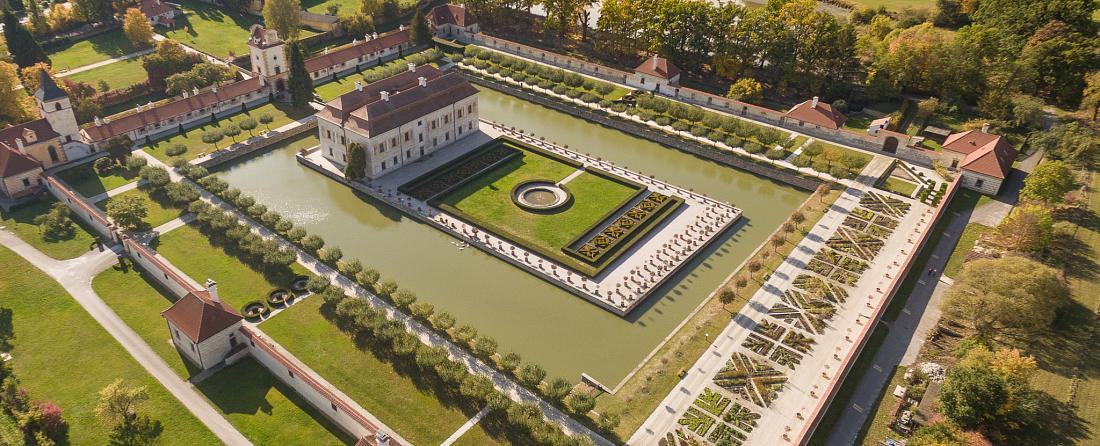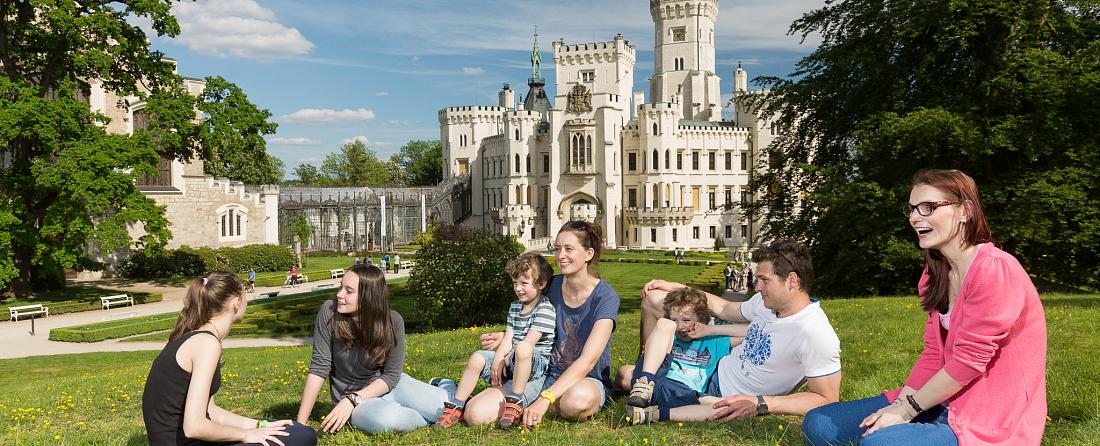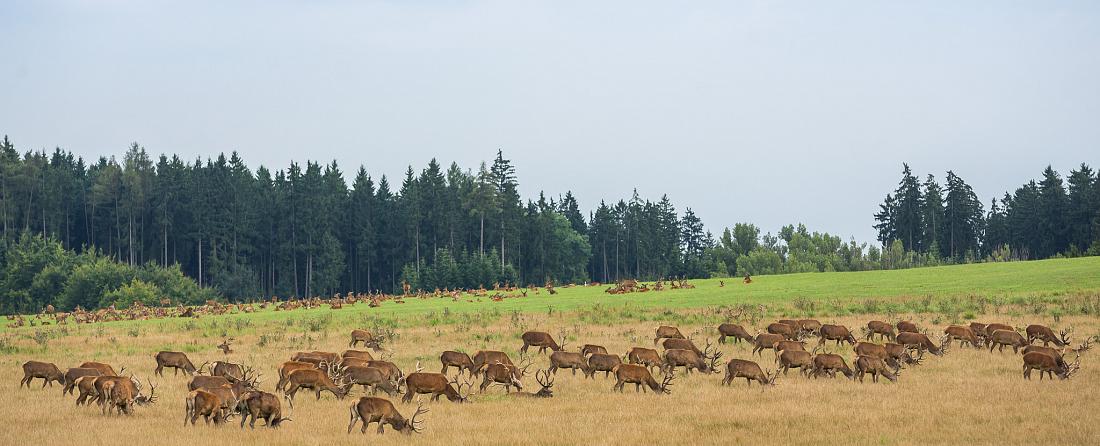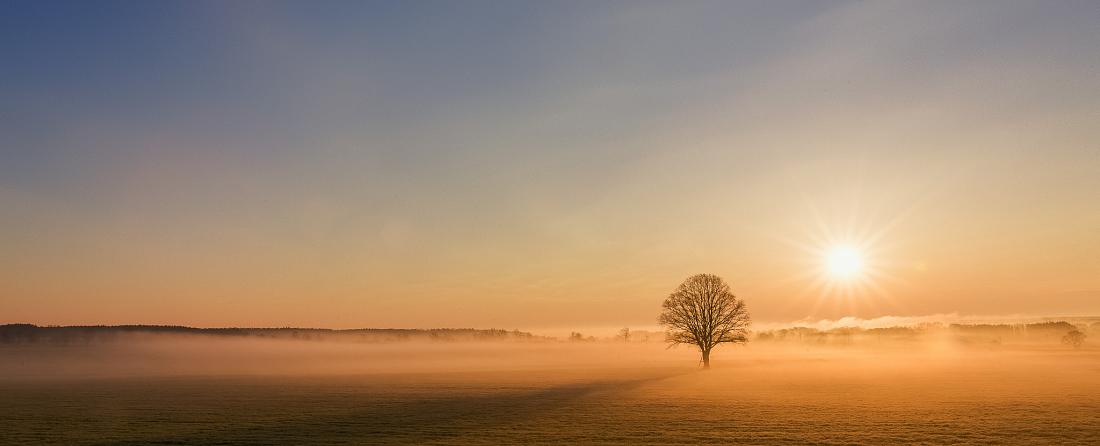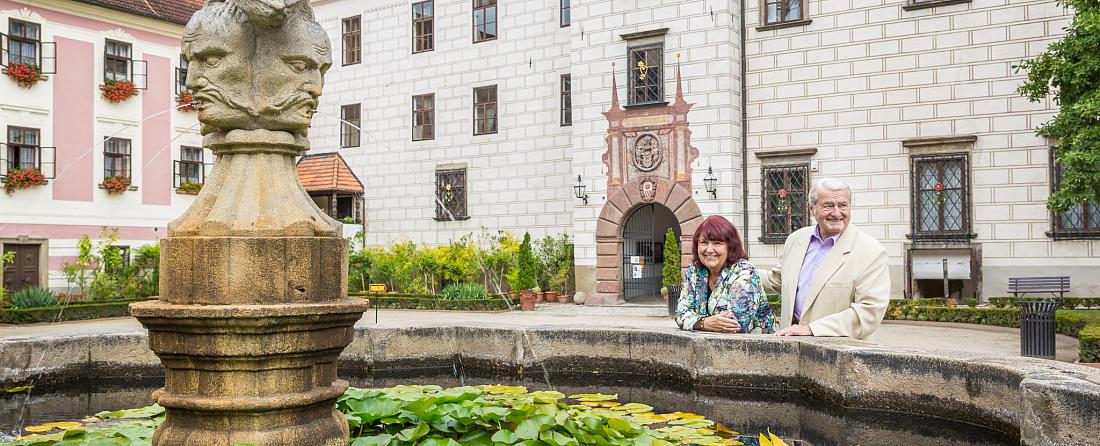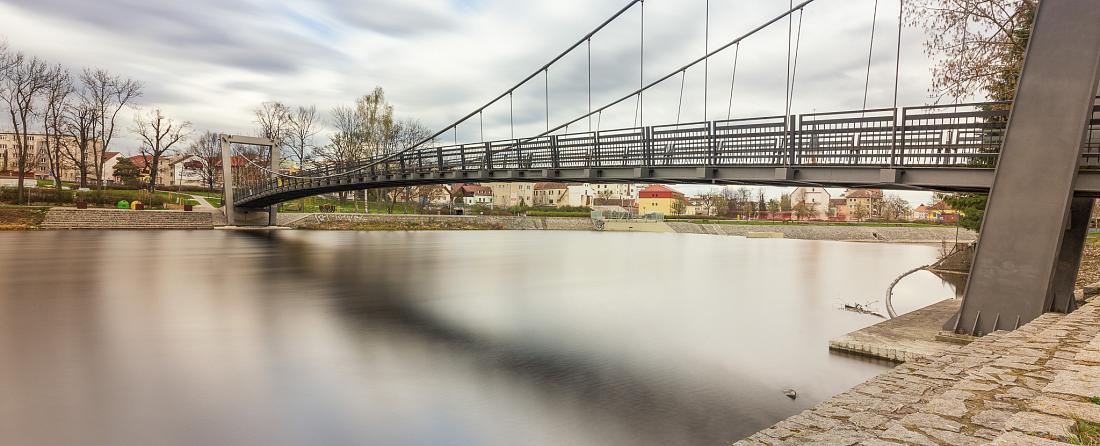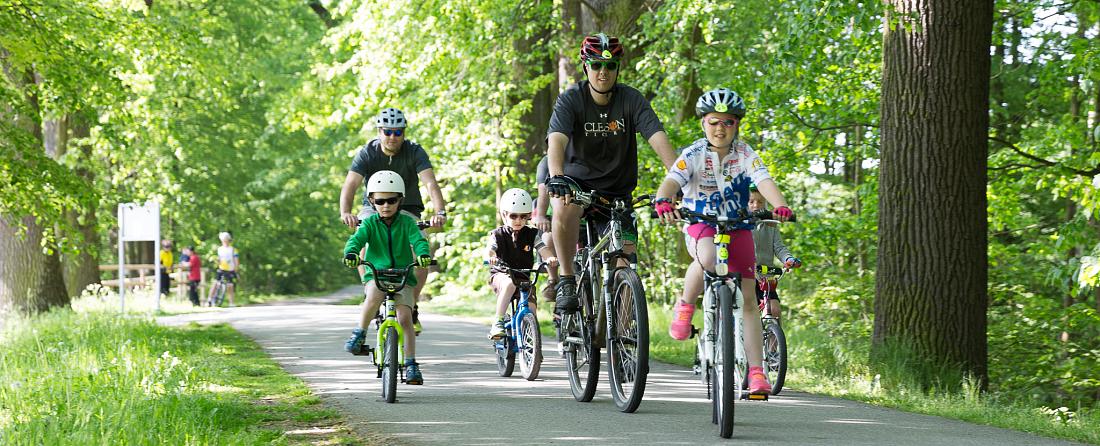The region, for centuries managed by people in accordance with the demands of nature, will surprise every visitor with its beauty. Whoever arrives to see historic heritage will understand how enlightened and rich the noble families must have been and how brilliant the artists and artisans were. They left for future generations countless cultural and historic heritage sites as proof of the rich and multifaceted history: ancient cities full of life and culture, majestic Gothic churches, dreamy Renaissance chateaux, monasteries, vernacular architecture sites, interesting technical structures, including sophisticated fishpond systems.
However, South Bohemia has a high landscape value as well due to the absence of large industrial facilities. Proof of this is the great number of protected areas. South Bohemia is a region of countless fishponds, pine forests and extensive peat bogs, enhanced by outlines of cities and rural churches that harmonize beautifully with the snow-white marshland farmsteads. This is the typical South Bohemian scenery around České Budějovice, Třeboň and Veselí nad Lužnicí. However, South Bohemia also includes the rugged mountain landscape of the majestic Šumava Mts., Novohradské Mountains and Blanský les. Countless beautiful places are also found in the area east of Jindřichův Hradec: thanks to the little-disturbed wild country, abundant free-standing granite blocks, tall hills and large ponds, it is rightfully dubbed the Bohemian Canada.
In the north, the region is flanked by the picturesque Písek district in the basins of the Vltava and Otava rivers, and the Tábor district, renowned primarily thanks to its Hussite epoch. The present-day borders between South Bohemia, Austria and Germany divide a landscape whose history was frequently bound to one noble family and identical power interests. The Region’s location predestines its cultural wealth as well: the cultural influences of the rugged Teutonic and Anglo-Saxon north clashed here with the refined arts of Italian Renaissance masters. Nevertheless, the cities are not historic open-air museums; to the contrary – they are vibrant with everyday life in a unique atmosphere. Come by, stay longer, come again.
